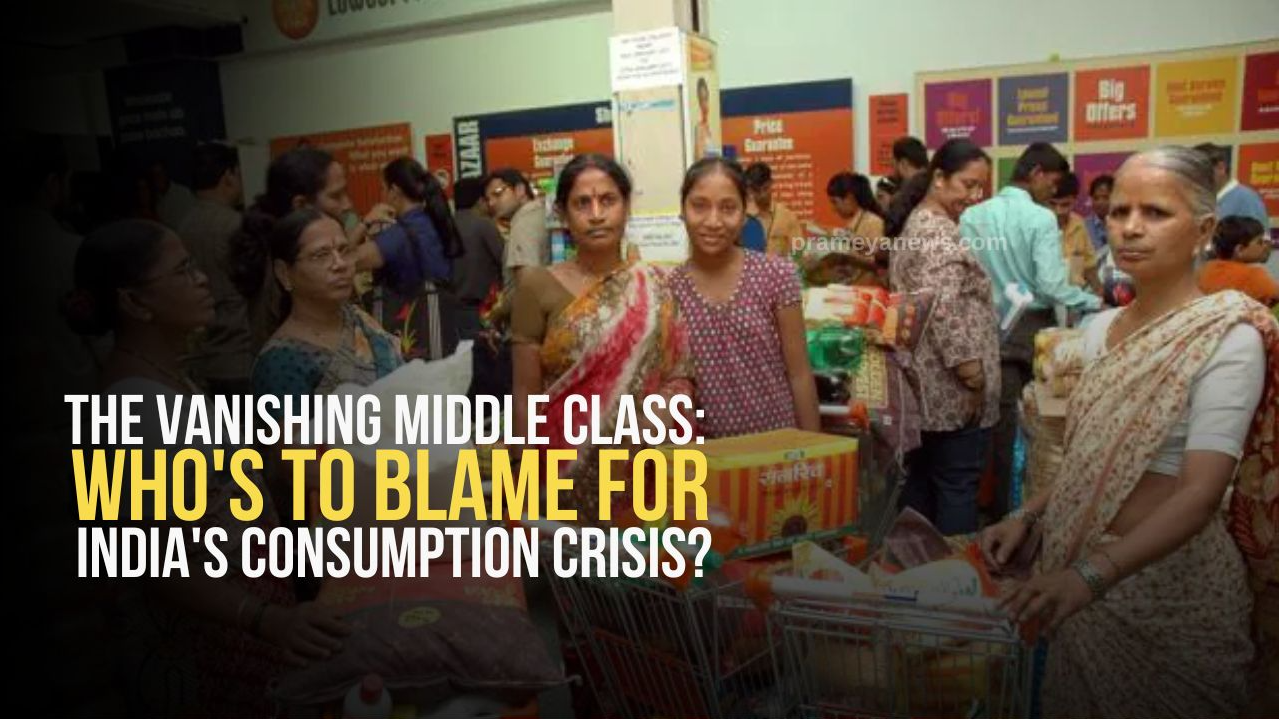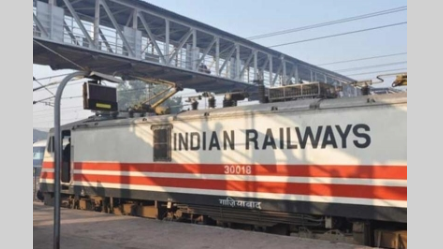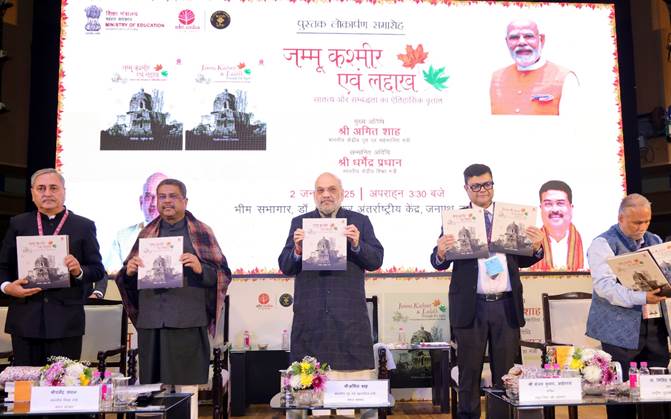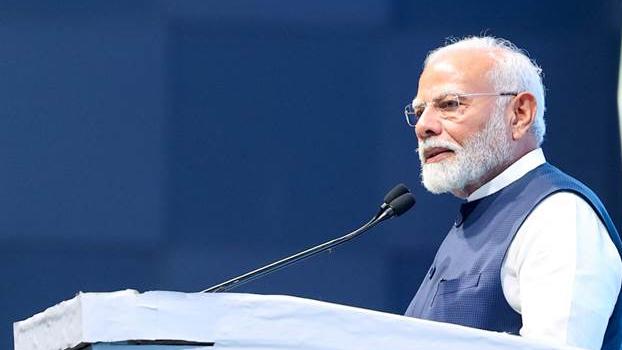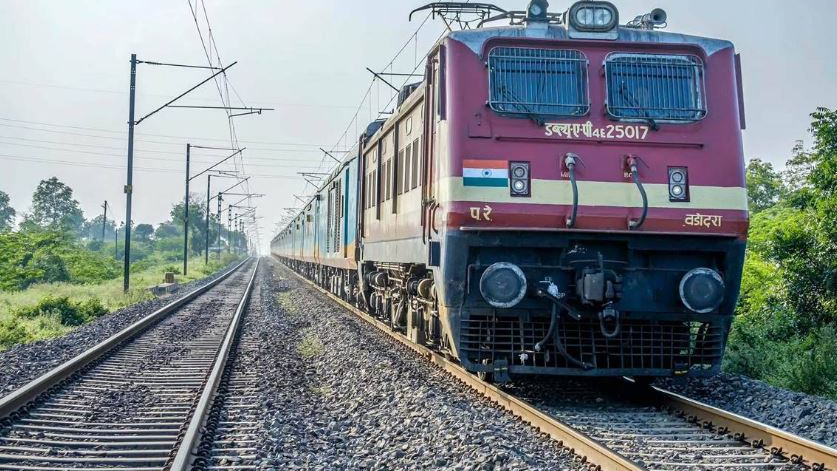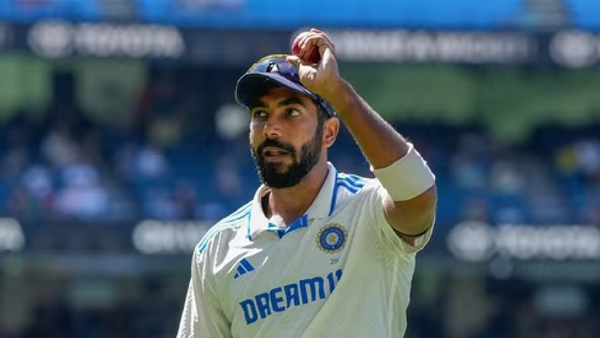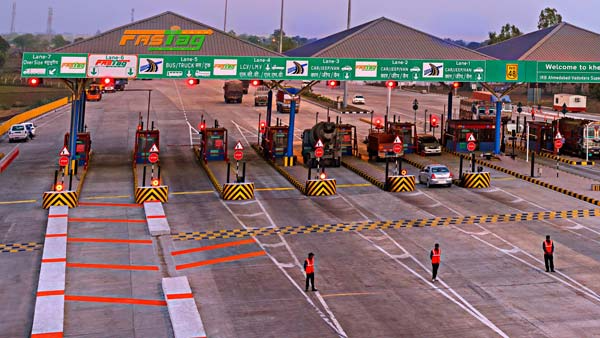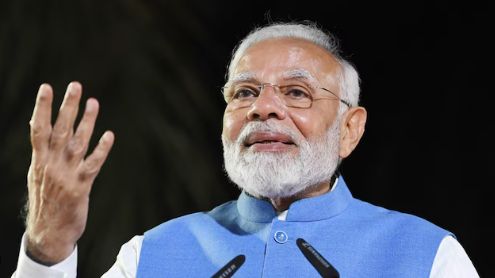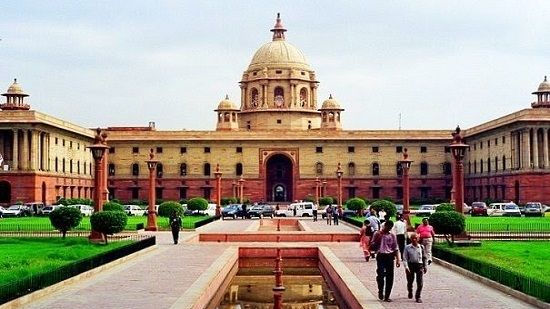Alarm bells are ringing in India's corporate corridors as a chilling realization sets in: the once-booming middle class, the engine of consumer demand, seems to be sputtering. Nestle India, a bellwether of consumer sentiment, recently reported its slowest quarterly growth in eight years, with managing director Suresh Narayanan pointing fingers at a "shrinking middle class." This alarming trend, coupled with slowing car sales and a slump in the housing market, has finally forced the government to acknowledge the crisis of falling consumption.
But who is responsible for this shrinking middle class? Is it simply a case of economic headwinds, or have corporations played a role in their own demise through aggressive pricing strategies and a relentless pursuit of "premiumisation?" This analysis delves into the complex factors contributing to India's consumption crisis, examining the interplay of rising prices, stagnant wages, and questionable business practices.
Warning signs ignored:
The writing was on the wall. Analysts have long warned of shrinking real incomes and slowing consumption. However, it wasn't until major players like Nestle felt the pinch that the alarm bells truly started ringing. Nestle's sluggish growth, with a mere 1.4% revenue increase and a 1% volume shrinkage, reflects a broader trend of declining consumer spending.
Automobiles and housing also stalled:
The automobile sector, another key indicator of consumer confidence, is also facing a slowdown. The Federation of Automobile Dealers Associations (FADA) reports that inventories have reached an all-time high, with over 7 lakh units valued at Rs 73,000 crore gathering dust in factories and dealerships. Even the once-buoyant SUV segment is experiencing a decline. Similarly, the housing market is witnessing a slump in sales and new launches, further underscoring the weakening consumer demand.
The myth of the 450-Million middle class:
The notion of a 450-million strong middle class, a figure touted in the early days of liberalization, has proven to be a mirage. More realistic estimates place the pre-Covid middle class – defined as those earning between $10 and $20 per day – at around 99 million, according to the Pew Research Center.
The fragility of the middle class:
The pandemic dealt a severe blow to India's middle class, with Pew Research estimating that one-third of this segment fell out of the middle class during the Covid freeze. While these numbers have likely recovered, the fragility of the middle class remains a concern.
Conflicting projections:
Despite the evident slowdown, projections for the future of India's middle class vary wildly. Ridham Desai, managing director of Morgan Stanley, predicts that 100 million new households, representing 450 million people, will enter the middle class in the next decade. However, the current reality paints a different picture.
The perils of premiumisation:
Many companies have responded to the perceived shrinking middle class by focusing on "premiumisation" – catering to the top end of the market with high-priced products and hefty margins. This strategy, while profitable in the short term, neglects the mass market and contributes to the affordability crisis.
Pushback from consumers:
The recent slowdown in consumption can be seen as a pushback from consumers who are increasingly priced out of the market. The exorbitant cost of cars, white goods, and housing has reached a tipping point, forcing consumers to tighten their belts.
The role of Inflation:
Persistently high retail food inflation has further eroded consumer purchasing power. With food prices surging, consumers have less disposable income for discretionary spending.
Call for moderation:
The onus is now on companies like Nestle and Hindustan Unilever to acknowledge their role in this crisis. By moderating prices and catering to a wider range of consumers, they can help revive the flagging middle class and restore the engine of India's economic growth.
The shrinking middle class is a complex issue with far-reaching consequences for India's economy. While factors like stagnant wages and rising inflation play a role, corporations must also take responsibility for their pricing strategies and market focus. By adopting a more inclusive approach and prioritising affordability, they can help rebuild the middle class and ensure sustainable economic growth.
DISCLAIMER: The information presented in this brief draws upon publicly available sources, including news reports, industry publications, and expert commentary. The analysis and conclusions presented reflect the author's own understanding and perspective.








